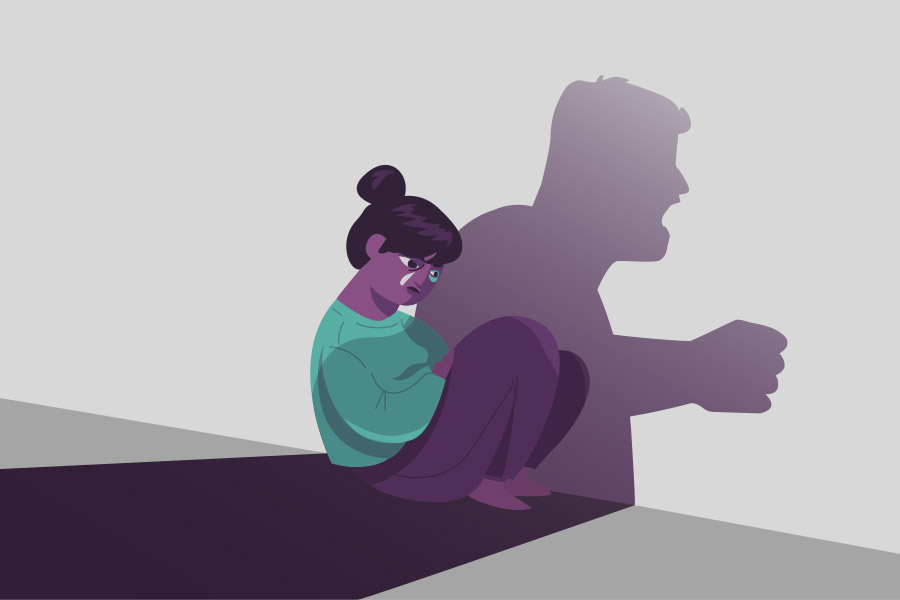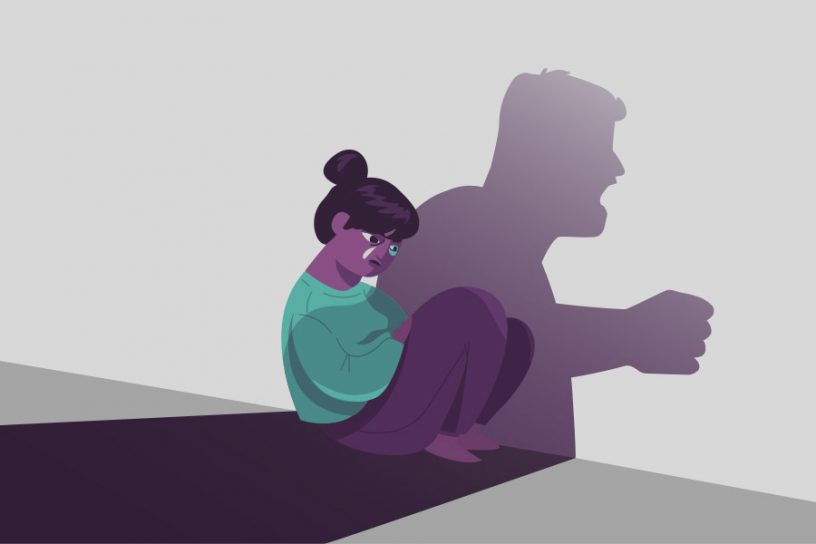
The researcher various ways in which envisaging violence against women as a form of sex discrimination would lead to a better framework of laws for not only countering such violence, but also eradicating it.
Author
Ayushi Agarwal, Student, Jindal Global Law School, O.P. Jindal Global University, Sonipat, Haryana, India.
Summary
Violence against women (VAW) is rampant in India, and rising every year. However, Indian laws are geared towards punishing individual instances of such violence, instead of attempting to eradicate the problem itself.
This is owed in part to the incomplete understanding of the causes and effects of such violence. Here, I advance a feminist understanding of VAW, wherein it is seen as a result of gendered prejudices designed to keep women in subordination.
I show that international human rights law now endorses this feminist understanding, and trace the evolving understanding of equality in Indian courts to argue that given its current understanding as substantive equality, VAW can and should be seen as a form of sex discrimination due the cycle of disadvantage it creates for women.
I critically analyse several decisions by Indian courts that show a move towards acceptance of VAW as a form of sex discrimination, and point to the limitations of these decisions.
Finally, I propose various ways in which envisaging VAW as a form of sex discrimination would lead to a better framework of laws for not only countering such violence, but also eradicating it.
Published in: International Journal of Discrimination and the Law
To read the full article, please click here.


